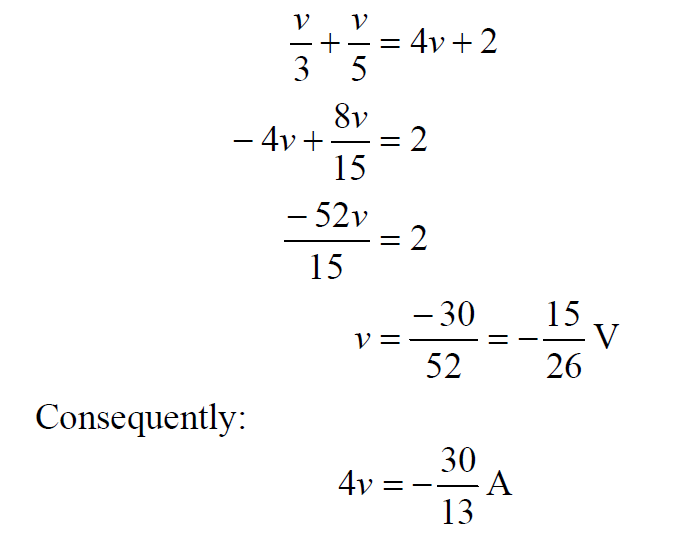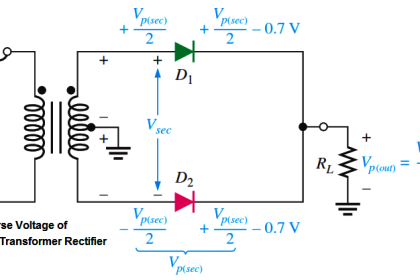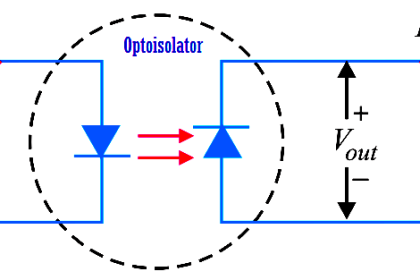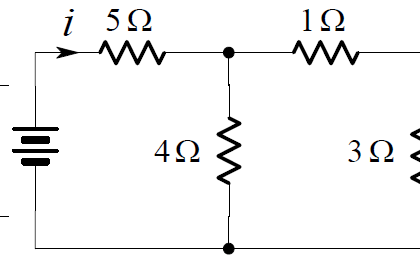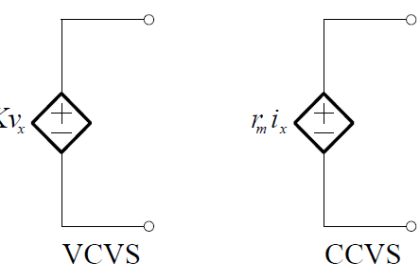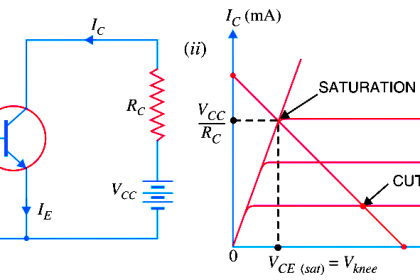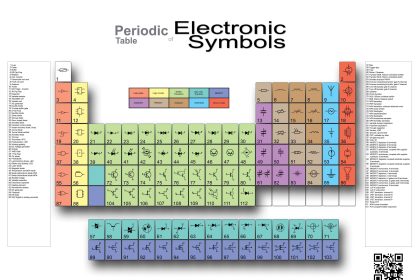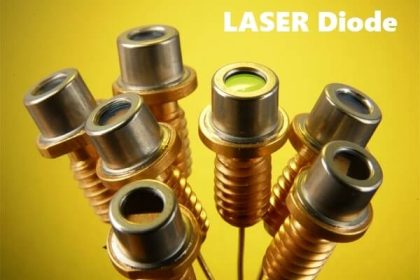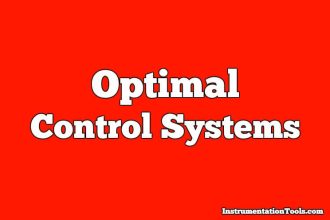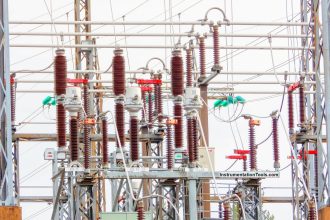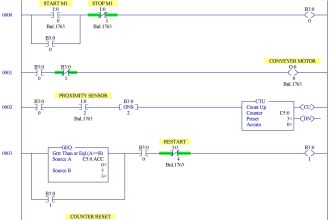A dependent current source establishes a current, which is independent of the voltage across it, that is determined by the voltage or current at some other location in the electrical system. There are two types of dependent current source – the voltage controlled current source (VCCS) and the current controlled current source (CCCS).
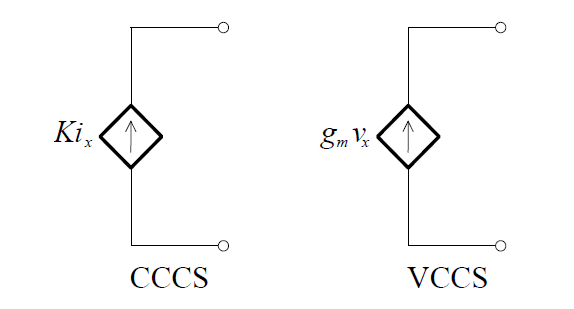
These sources are mathematical models that are useful in modelling real circuits and systems, e.g. they are used in modelling transistors.
Example:
Consider the circuit shown below. In this circuit the value of the dependent current source is specified by a voltage – it is a VCCS.
To solve for v, we apply KCL and obtain:
i1 + i2 = 4v + 2
Thus:
and this is the value of the dependent current source, in amperes. The other variables in the circuit are:

